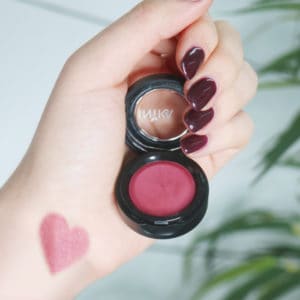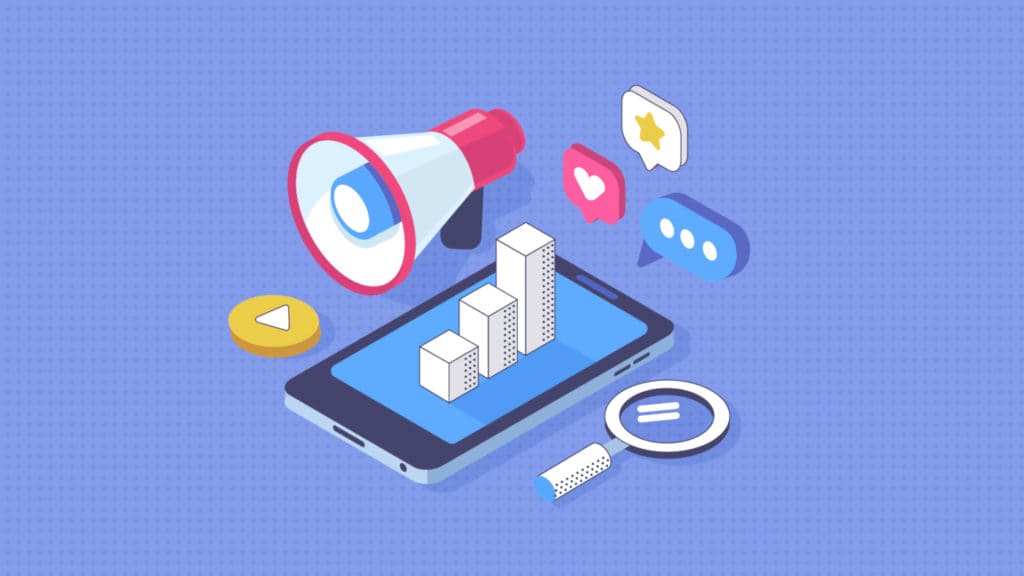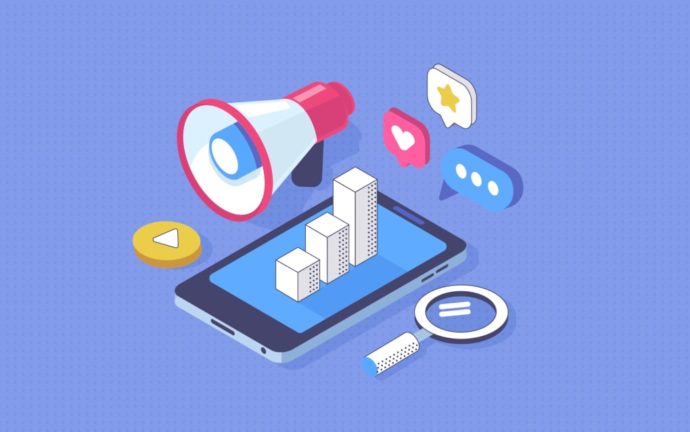We invited Rachel Tigel, the eCommerce Manager for INIKA, to write an article about her experience with using social media and content marketing to drive revenue online.

In an age when the online market is flooded with rich content in all its facets, we as marketers find ourselves grappling with the question: how do we stand out, and more importantly, how do we leverage content to drive revenue?
There are many ways your company can benefit from a content-driven e-commerce strategy. From revenue growth to increases in repeat purchases, one thing is for certain – the tactile nature of a good content strategy will improve customer experience exponentially and catapult you above your competitors by heightening brand awareness. So what’s the secret sauce to creating content that converts?
Make It Believable & Obtainable
The makeup industry is notorious for showing us airbrushed images of models who look nothing like us, with lips, eyes and skin that is digitally enhanced. And while we as consumers have become accustomed to this type of imagery, but do we relate to it? Predominately, no.
Enter the beauty blog, the ‘just like you and me’ avenue for selling cosmetics. With bloggers citing up to 40% click-through rates for a single product, the relatable nature of blogger content is an easy revenue generator. The key takeaway here is that marketers need to start communicating to consumers in a more relatable way.

Using an employee face for the brand is the easiest way to connect with your customers. Not only will using an ‘average Joe’ be the best way to increase the conversational aspect of your brand, but people will easily be able immerse themselves in the brand. This person needs to be able to convey the brand message effectively, but not have any expert title.
For example, in the beauty industry if the person creating the content is a makeup artist, they shouldn’t let the audience know. Instead the content should be delivered in a way that’s easy and effective, allowing customers to relate and feel both the need and the want for the products used.
Having this person will also allow customers to feel like they’re able to ask questions that they otherwise would be too intimidated to ask. The way to most effectively do this is to answer all customer service questions in the same tone of voice as your ‘brand face’. Answering even the most basic customer service questions can lead to immediate or assisted conversions.
Themed content can also entice both impulse and repeat purchases as it remains relevant to the customer for a prolonged period of time. For example, we found that doing a high production 60 second tutorial on taking your look from day to night using minimal product exceeded our expectations in both revenue and engagement. To date, that video has over 120,000 views and has increased social revenue by 80%. Inviting the customer to return to the social platform is an excellent way to maintain the relationship.
Enhance the “NIN” Factor
The ‘Need It Now’ factor, is the thing that makes consumers immediately want to buy. There are several ways to enhance your NIN factor, the first of which is video.
Customers who see video of your product are 144% more likely to purchase your product than those that don’t. Doing a 60 second ‘How To’ or ‘Get The Look’ using your products will add another string to your digital bow, allowing users to essentially try before they buy and seamlessly pushing them through the conversion funnel.
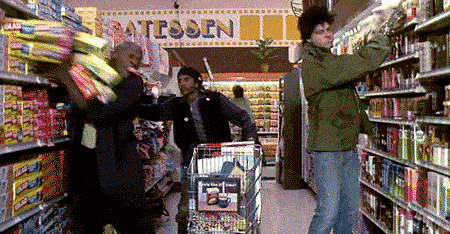
Video works particularly effectively on social media for FMCG products. It not only helps increase sales and awareness but improves brand engagement, leading to an elongated customer lifetime value. This is especially pertinent in flooded FMCG markets.
Another way to enhance the NIN factor is to use your content messaging to offer your customers a limited edition or exclusive offer via your social channels.
For example, giving customers exclusive pre-sale access to a NIN product via social with a link that can only be accessed through that social portal. This is an excellent way to generate sales quickly as well as adding value for the customer. The more tailored and personalised the offer, the more likely the conversion.
Make Purchasing Easy
Making the path from content to conversion a seamless experience makes it a path more frequently travelled. The last thing you want to do is show your customers an amazing tutorial and then send them to a terrible landing page – or, arguably even worse, the wrong landing page. If customers need to trawl through your website to find what they’re looking for, you’ve instantly created friction in the conversion process.
When promoting your content, double and triple-check all the relevant links are showing your customers relevant products. For example, if you’ve created a ‘How To’ video, make sure your ‘Shop Now’ link pushes directly to a category that houses all the products used in the video.
Receptiveness Is Key
There’s no real consensus on how often you should be posting content every week. We’ve found the sweet spot to be three tutorials along with a high production value content piece posted across multiple channels.
We also find that content served earlier in the week does better than later in the week, but ‘How To’ videos on the weekend convert with higher average order values. This will obviously differ business to business, so I recommend doing a lot of your own testing.
Include playing around with content types as well as times of the day and days of the week to see which elicits the greatest response.
Encourage Customer Participation
Don’t be afraid to ask customers their opinion. We ask our customers at the end of each tutorial what they did and didn’t like, what they’d like to see and what they want more of.

This not only allows us to gauge their engagement levels but also allows us to harvest new content ideas and serve content that’s relatable to our customers. It’s imperative that your consumers feel like a part of the process in order to stay engaged long enough to reach the point of conversion.
Use Multiple Platforms
Make sure you’re getting the most out of your content. The beauty of creating a plethora of content each week is that you can pick a cream-of-the-crop to re-market to your consumers, knowing that it’ll have high engagement.
We choose one tutorial a week to turn into high production value content. We make a high quality tutorial once a week, then retarget it using Facebook, Instagram PPC and our Instagram feed, as well as supporting it using email.
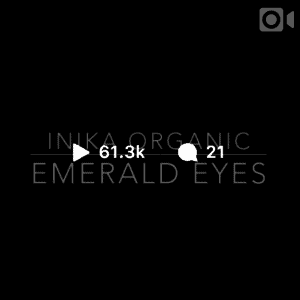
By incorporating video content into our digital strategy, we were able to double our conversion rate, because in a market that’s so flooded with information, any added value is not only appreciated by the consumer but directly translates into dollars.
Furthermore, the immersive nature of interactive email marketing has the capacity, in our experience, to double conversions – despite many mobile operating systems not allowing video to be viewed within the email itself. Instead, we use GIFs to express the nature of the content, which is just as effective. For a makeup tutorial for instance, we may use five step-by-step still images in rotation that show how to build the look we’ve featured in the tutorial that the GIF links through to. We found this 3x more effective than just using a still image to link to our tutorial as it gives the customer a preview.
The End Result
With all these tactics in place, we accomplished:
- 8% conversion rate on email
- 2% conversion rate on social media, with revenue spikes of up to 50% on days that we posted video content
- 10% engagement rate on social media, whereas the industry standard is usually between 3-6%
Asking your customers to relate and engage with your brand not only strengthens your message but has real and tangible outcomes for obtaining your KPIs.
So get cracking on those video editing skills, practise your acting voice and start to draft ways to relate to your customers. It will instantaneously encourage an emotional attachment to your brand increase conversions, encourage repeat purchases and extend the lifetime value of your customers.
